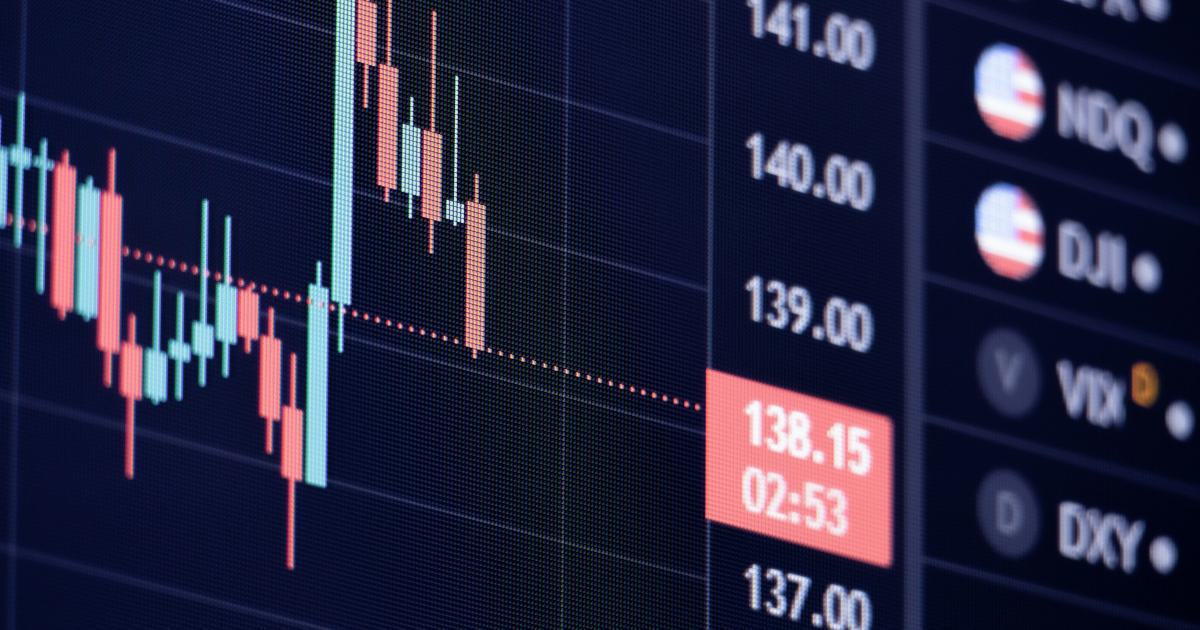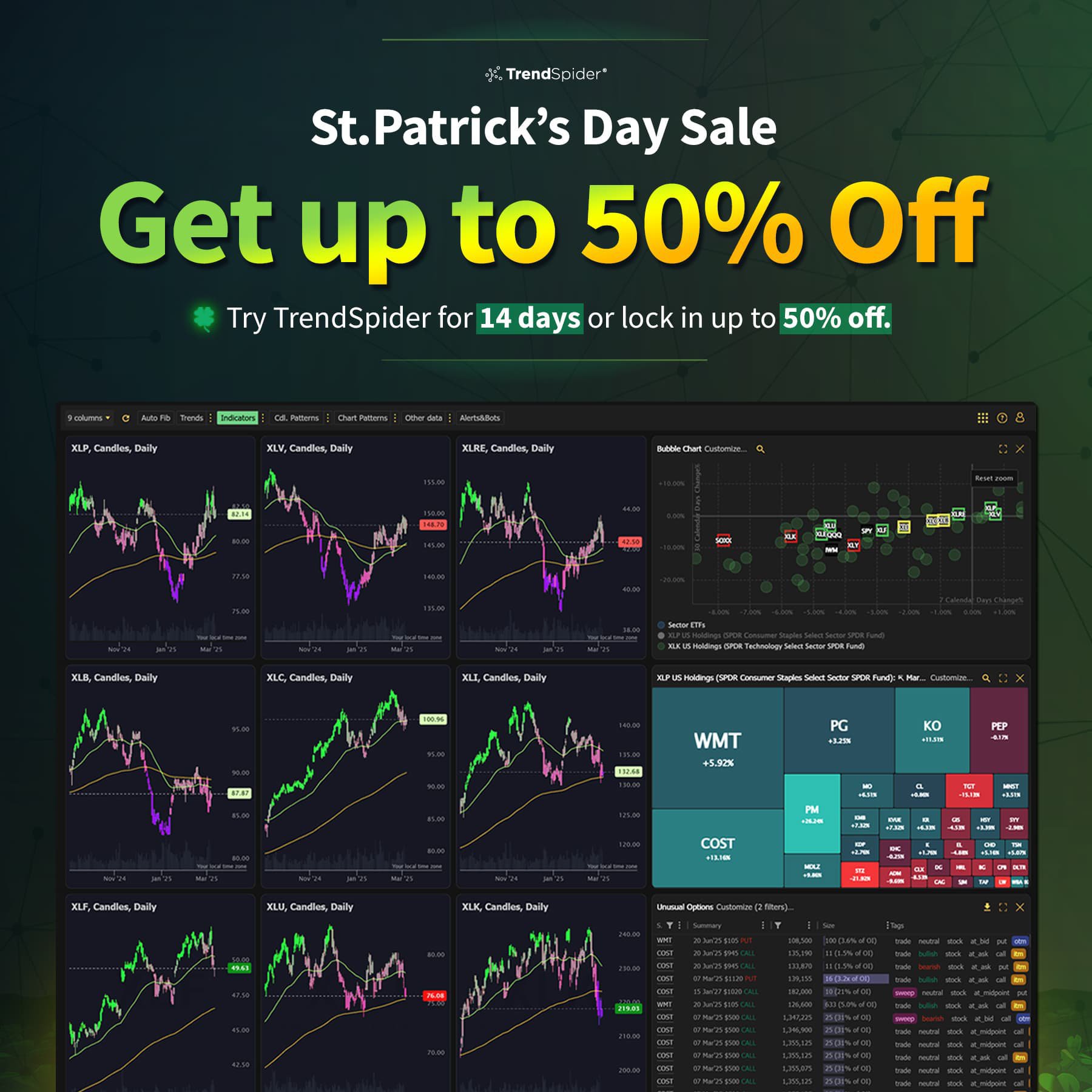Optimize Portfolio Risk Using TradingView Tools

In today's fast-paced financial markets, managing and optimizing portfolio risk has become essential for every investor, trader, and portfolio manager. Whether you are new to investing or a seasoned professional, using innovative platforms like TradingView and their powerful tradingview tools can offer a competitive edge. This article delves deeply into the methodology and best practices for optimizing portfolio risk, explaining every detail from conceptual frameworks to actionable trading strategies. It is designed to guide you step-by-step in utilizing these tools effectively to balance risks while maximizing returns.
Understanding Portfolio Risk
Portfolio risk is the uncertainty associated with investment returns. Every portfolio, irrespective of its diversification, faces several types of risks, including market volatility, liquidity issues, and systemic economic shocks. In financial jargon, risk is not merely bad news; it is a measured probability of loss that can be optimized with proper strategies and tools such as tradingview tools.
Defining Key Concepts in Portfolio Risk
Portfolio risk is typically measured by statistical parameters like standard deviation, beta, and Value at Risk (VaR). These metrics provide a quantitative take on how much risk an asset or an entire portfolio carries. For instance:
- Standard Deviation: Reflects the volatility of investment returns over time.
- Beta: Indicates how much an asset's price might change relative to a broader market index.
- Value at Risk (VaR): Estimates the potential loss an investment portfolio might experience with a given level of confidence over a specified time horizon.
By understanding these metrics, investors can adjust their holdings to create a more balanced portfolio that aligns with their risk tolerance and financial goals.
Theoretical Frameworks Behind Risk Management
Classical investment theories, such as the Modern Portfolio Theory (MPT) developed by Harry Markowitz, argue that by diversifying investments correctly, investors can achieve optimal portfolios that maximize returns for a given level of risk. The Efficient Frontier, a cornerstone of MPT, represents the set of optimal portfolios offering the maximum possible expected return for a defined level of risk. TradingView’s innovative functionalities enable users to visualize these concepts interactively, making complex scenarios easier to comprehend and apply in practical terms.
The Role of TradingView Tools in Portfolio Risk Management
TradingView tools provide real-time data, technical analysis charts, and customizable indicators. These features empower investors to monitor market trends, assess historical performance, and predict future price movements. With the right configuration, these tools become indispensable assets in the toolkit of an investor looking to optimize portfolio risk.

Leveraging TradingView Tools to Optimize Portfolio Risk
Integrating TradingView Tools into Your Investment Strategy
To successfully optimize portfolio risk using tradingview tools, it's crucial to integrate these resources into your broader investment strategy. Begin by familiarizing yourself with TradingView's interface, which includes an extensive library of technical indicators, drawing tools, and pattern recognition systems. These tools enable users to identify trends, resistance levels, and potential reversal points, providing a robust foundation for making informed investment decisions.
Customizing Charts and Indicators
TradingView allows a high degree of customization:
- Custom Indicators: Create and apply custom indicators based on your specific risk models.
- Overlay Comparison: Compare different asset classes or securities side-by-side.
- Time Frame Selection: Analyze data over various time intervals to identify long-term trends and short-term fluctuations.
These functionalities help investors set precise entry and exit points, manage stop-loss orders, and optimize risk-reward ratios in a highly dynamic market environment.
Crafting an Effective Risk Management Strategy
The key to optimizing portfolio risk lies in blending analytical techniques with actionable insights derived from tradingview tools. Here are some essential steps:
Risk Assessment: Begin with a comprehensive evaluation of your current portfolio risks. Utilize tools that calculate relevant metrics (e.g., standard deviation and beta) and assess the correlation among your assets.
Scenario Analysis: Use TradingView's replay and simulation modes to examine how your portfolio would have responded to historical market events, such as the 2008 financial crisis or the COVID-19 market crash.
Diversification Strategies: Visualize asset allocations using pie charts or heat maps, ensuring that no single investment disproportionately impacts the overall risk.
Dynamic Adjustments: Develop rules for dynamic rebalancing where trade actions are initiated automatically when certain risk thresholds are breached.
Implementing Stop-Loss and Take-Profit Strategies
A major part of risk management is the execution of stop-loss and take-profit orders. TradingView tools allow users to set automated alerts and execute trades based on predefined criteria. These features ensure that:
- Losses are contained within acceptable levels.
- Gains are locked in when the market moves in your favor.
- The portfolio remains aligned with your overall risk tolerance.
Detailed Walkthrough: Using TradingView Tools for Risk Optimization
Let’s dive deeper into a practical example that illuminates the application of these concepts.
Step 1: Portfolio Analysis
Start by exporting your current portfolio data and import it into TradingView. Use the platform's portfolio management feature to visualize individual asset performance. By overlaying multiple indicators, you can identify areas where your portfolio might be overly concentrated in high-risk investments.
Step 2: Indicator Setup and Calibration
Select key indicators such as moving averages, Relative Strength Index (RSI), and Bollinger Bands. Configure these indicators based on historical data to detect overbought or oversold conditions. Tradingview tools allow you to backtest these configurations, ensuring they are finely tuned to your risk parameters.
Step 3: Setting Alerts and Automation
After identifying key risk metrics, set alerts for critical triggers. For instance, if an asset’s RSI crosses a predetermined threshold, an alert will prompt you to reevaluate its position in your portfolio. Automation features may even trigger trades, providing a more responsive and timely approach to risk management.
Step 4: Monitoring and Evaluation
Regularly review the performance of your portfolio. Use TradingView’s robust analysis tools to monitor changes over time. Modify and iterate on your strategy as market conditions evolve, ensuring that your risk management approach remains relevant and effective.

Advanced Techniques in Portfolio Risk Optimization
Incorporating Quantitative Models with TradingView Tools
Advanced investors often complement technical analysis with quantitative modeling. By integrating programming languages like Pine Script, which is native to TradingView, users can create sophisticated models to predict market behaviors and adjust risk exposure dynamically.
Pine Script: Enhancing Customization
Pine Script enables users to develop custom studies and alerts. From calculating advanced risk metrics to visualizing complex statistical measures, this scripting language is indispensable for quantitative analysis. For example:
- Custom Risk Score: Create a custom script that combines various risk indicators into a single "risk score" metric, which can be monitored in real-time.
- Correlation Matrices: Develop scripts to calculate and visualize correlations between multiple assets, highlighting potential diversification opportunities.
- Statistical Analysis: Leverage scripts to conduct regression analyses or Monte Carlo simulations, forecasting potential outcomes under different market conditions.
These advanced techniques provide a granular view of risk that goes beyond standard indicators, making the optimization process more precise and data-driven.
Risk Mitigation Through Diversification and Hedging
Beyond technical analysis, understanding broader risk mitigation strategies is essential. Diversification and hedging are fundamental pillars in managing risk effectively.
Diversification Strategies
Diversification involves spreading investments across asset classes to reduce exposure to any single risk source. TradingView tools can visually represent diversification levels through:
- Asset Correlation Heatmaps: These dynamic heatmaps show real-time correlations between assets.
- Sector Analysis: Track performance across different sectors to ensure balanced exposure.
- Historical Performance Trends: Compare how various asset classes react during market downturns or periods of volatility.
By carefully balancing your portfolio across varied asset classes, you reduce the risk of significant losses while potentially improving overall performance.
Hedging Strategies
Hedging is another powerful risk mitigation tool. It involves taking offsetting positions to protect your portfolio against adverse market moves. With TradingView's robust capabilities:
- Options and Futures Analysis: Analyze derivatives to understand potential hedging opportunities.
- Stop-Loss Management: Use TradingView tools to set tight stop-loss orders that automatically exit positions if adverse market trends continue.
- Correlation-Based Hedging: Identify assets or instruments that traditionally move inversely to your current holdings, creating a natural hedge.
Hedging, when combined with diversification, forms a dual-layer of protection that can safeguard your portfolio in volatile markets.
Real-World Case Studies: Success Stories Using TradingView Tools
To illustrate the practical effectiveness of these methods, consider the following real-world examples where tradingview tools were pivotal in optimizing portfolio risk:
Case Study 1: A Diversified Stock Portfolio
An investor with a diversified stock portfolio noticed increased volatility during a market correction phase. Using TradingView’s historical simulation feature, the investor recalibrated their portfolio by reducing high-beta stocks and supplementing with defensive stocks. Moreover, by integrating technical indicators like moving averages and Bollinger Bands, the investor successfully timed market exits and entries, thereby minimizing losses during the correction period and positioning the portfolio for a robust recovery.
Case Study 2: Hedging in a Commodities Portfolio
In another scenario, a commodities trader faced sharp price fluctuations in oil and gold markets. Using TradingView’s hedge analysis tools and custom Pine Script for risk scoring, the trader implemented a dynamic hedging strategy. By setting automated alerts and stop-loss orders, the trader was able to effectively offset potential losses from any one commodity, thereby maintaining a stable risk profile even during turbulent market conditions.

Case Study 3: Quantitative Strategies in Cryptocurrency
With the rise of cryptocurrencies, many investors have turned to TradingView’s advanced charting capabilities to manage the substantial risks associated with volatile digital assets. One investor developed a custom algorithm via Pine Script to adjust portfolio weights rapidly based on technical signals derived from cryptocurrency price movements. This real-time model allowed the investor to capitalize on market trends while significantly limiting downside exposure during sudden market dips.
Actionable Steps to Optimize Portfolio Risk with TradingView Tools
Step-by-Step Guide
For readers ready to implement these strategies, follow this detailed workflow:
Portfolio Export and Overview:
Risk Metric Analysis:
Indicator Customization:
Simulation and Backtesting:
Alert Setup and Automation:
Ongoing Monitoring:
Best Practices and Expert Tips
- Maintain clarity in your investment goals. Clearly defined objectives help align risk parameters with expected outcomes.
- Regularly recalibrate your technical indicators to ensure they reflect current market volatilities.
- Combine both qualitative and quantitative analyses for a comprehensive approach. Fundamental market trends often influence statistical models.
- Stay disciplined in applying stop-loss and hedging strategies. An emotional response to market fluctuations can lead to overreacting and suboptimal decisions.
- Continuously seek knowledge through webinars, forums, and TradingView’s educational resources to stay informed on best practices and new features.
Future Trends in Portfolio Risk Management
Emerging Technologies and Their Impact
The integration of artificial intelligence (AI) and machine learning (ML) in financial platforms is revolutionizing risk management. Enhanced data analytics, real-time predictive models, and sentiment analysis are becoming increasingly accessible. TradingView is at the forefront of these advancements, with tools designed to incorporate AI-driven insights into their analysis frameworks. Look out for features that:
- Predict market volatility using historical data correlations.
- Identify high-risk conditions based on real-time global news and economic indicators.
- Automate risk mitigation strategies through intelligent algorithms.
Adapting to Regulatory and Market Changes
The financial regulatory landscape is ever-evolving. For investors, staying compliant while optimizing portfolio risk means understanding new market rules and adjusting strategies accordingly. TradingView tools help by offering up-to-date market data and aligning technical indicators with regulatory reporting standards, ensuring that your strategies are both effective and compliant.
The Role of Community-Driven Insights
One of TradingView’s unique advantages is its vibrant community of traders and investors. The exchange of ideas, shared scripts, and collaborative analysis contribute to more refined and practical risk management methods. By engaging with this community, investors gain novel perspectives and adopt strategies that have been field-tested by peers worldwide.
Conclusion: Mastering Portfolio Risk through TradingView Tools
Optimizing portfolio risk is not a one-size-fits-all endeavor. It requires a balanced approach that combines robust technical analysis with advanced quantitative methods. Tradingview tools empower investors by providing real-time data, highly customizable indicators, and automation features that ensure swift responses to market dynamics.
With this comprehensive guide, you are now equipped to integrate these tools into your investment strategy. The detailed explanations, case studies, and actionable tips outlined here will serve as the building blocks for a resilient investment portfolio capable of weathering market volatility. Stay curious, remain disciplined, and continuously evolve your strategy as you harness the full potential of Tradingview tools.
In an era of rapid market fluctuations, the ability to manage and optimize risk is more crucial than ever. By leveraging Tradingview tools, you not only enhance your decision-making process but also position yourself for long-term success in a competitive financial landscape.
As you embark on your journey toward tailored risk optimization, remember that continuous learning and adaptability are key to thriving in today’s markets. Happy trading, and may your investments yield fruitful returns!
Unmatched Trading Power with Binance
Are you ready to take your trading game to new heights? Binance offers a cutting-edge platform for seamless cryptocurrency transactions.
With lightning-fast execution, top-tier security, and a vast selection of coins, you'll have all the tools you need to maximize your profits. Join now and experience the future of trading.
Keval Desai
61 posts written





